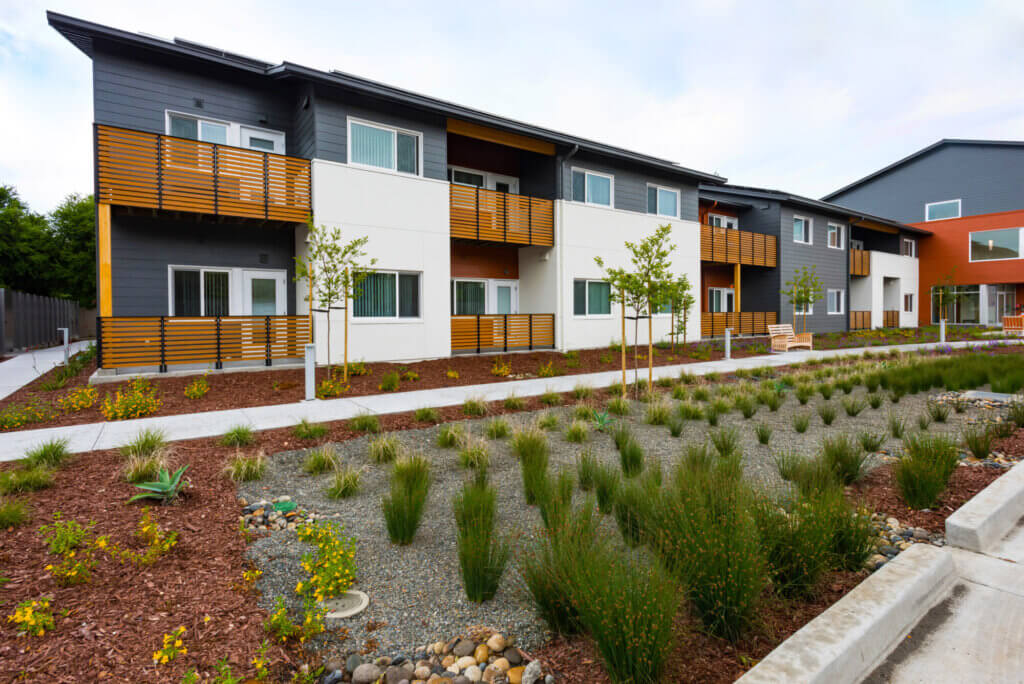Commuting to Opportunity: Employment Patterns of People Living in High-Poverty Neighborhoods
Published On June 11, 2021
The mismatches between where many lower-wage people can afford to live and where they are able to find work exact a number of costs – for the worker, the economy, and the environment. Understanding the employment and commute patterns of people in high-poverty communities can help policymakers effectively target solutions that support economic mobility and address climate change. Research Director Elizabeth Kneebone published new research that illuminates the ways in which housing, land use, and economic development policies have concentrated rental housing and particularly affordable and subsidized rentals in higher-poverty neighborhoods, but have amassed the majority of employment options outside of those neighborhoods.
The paper Commuting to Opportunity: Employment Patterns of People Living in High-Poverty Neighborhoods is published as part of Enterprise Community Partners’ and Housing Partnership Network’s research series Advancing Opportunity Through Affordable Housing. Read a summary blog post.





